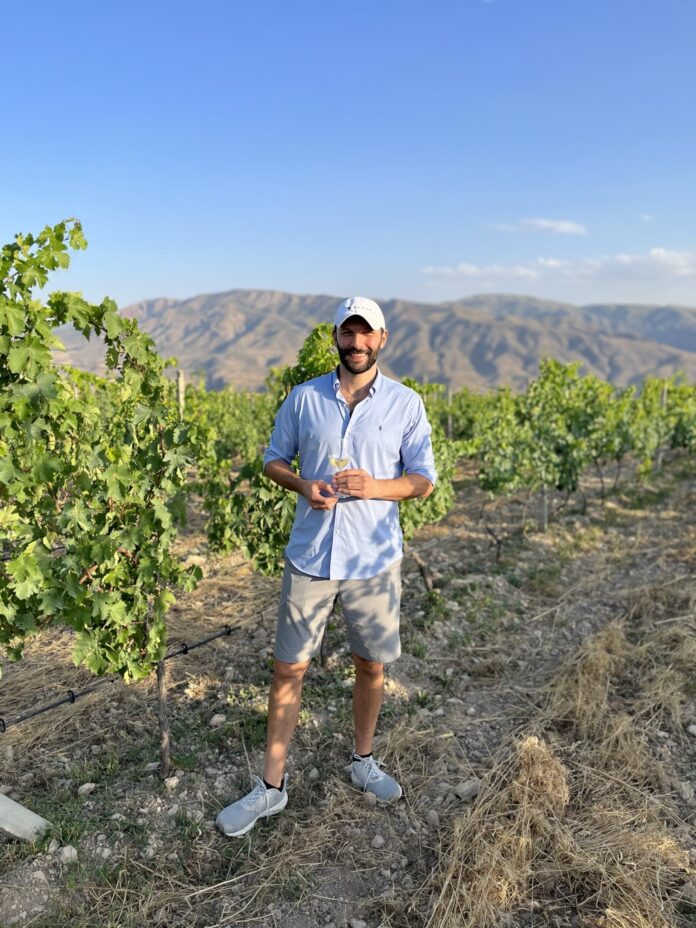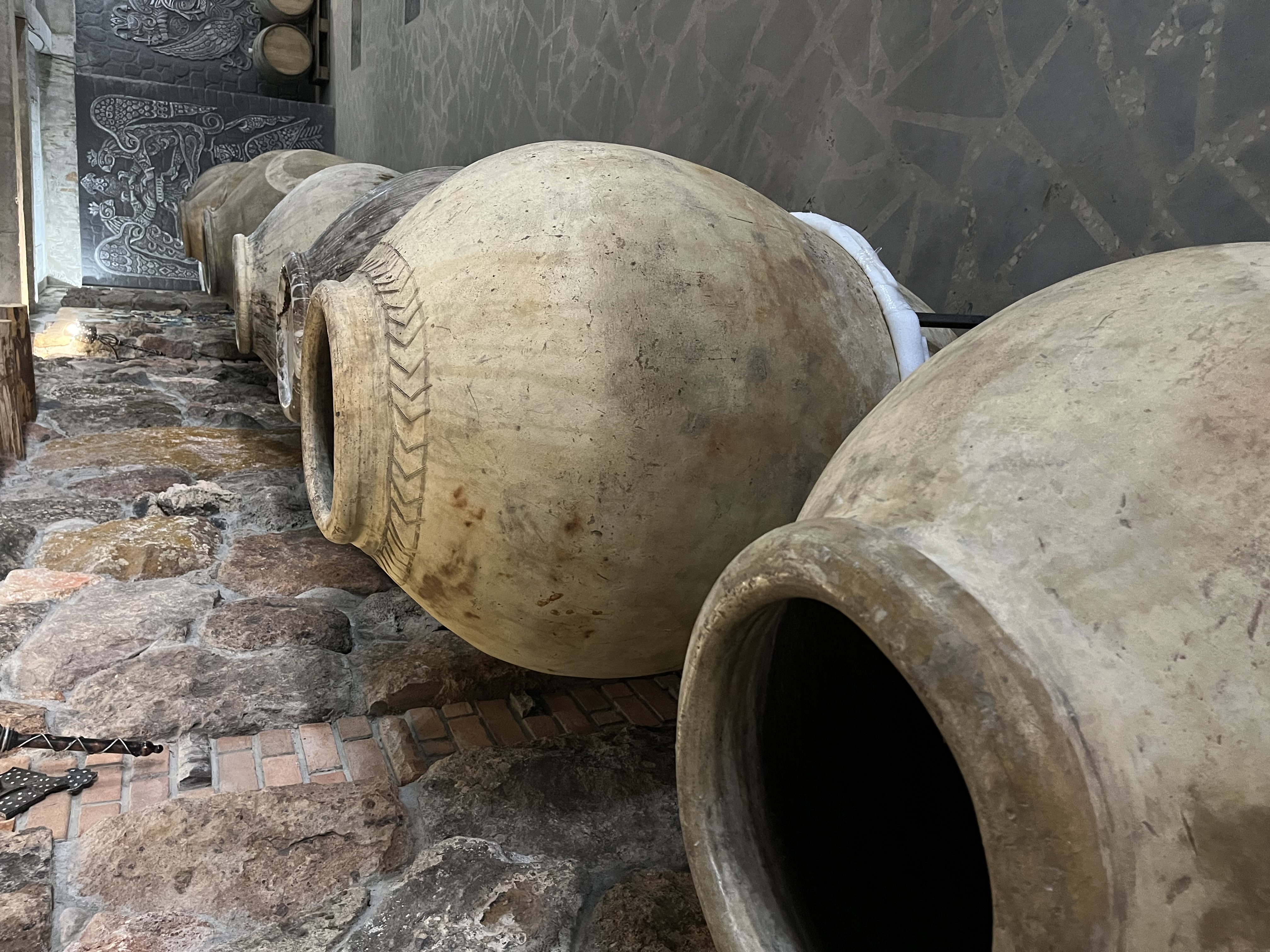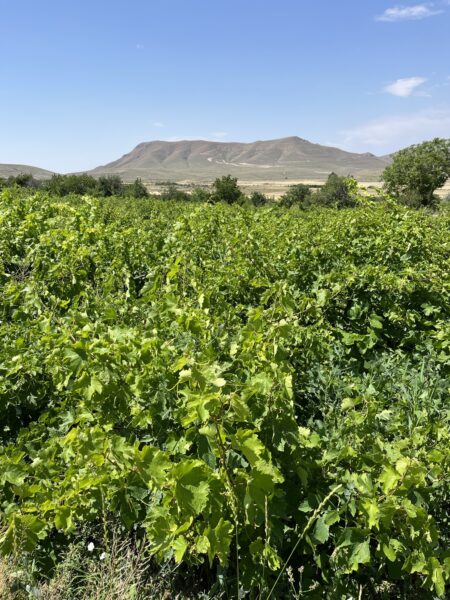BOSTON — If Zack Armen, the cofounder of Storica Wines has his way, wines from Armenia will be as popular as those from France, Italy or Napa.
“My journey to discovering Armenian wine is a good example of how I think Armenian diasporans can and should pay attention to the wine history and culture of Armenia. Not only is it exciting and positive and high quality, but it’s a great way to share our story with the outside world and that was really my motivation in starting Storica,” he said.
Armen wants everyone, not just Armenian-Americans, to try the wines.
Armen, who cofounded Storica in 2018 with his friend, Kevork Derkevorkian, and his father, Garo Armen, said that many wines in Armenia are equal to much more expensive vintages but since the country is not a part of the traditional elite wine-producing countries, he has to make people try the wines to convince them.
“There is always apprehension because there is a preconceived notion that if the wine is from a place that someone doesn’t know, it’s not going to be good wine,” he said. “That’s why our big focus is getting lips to glasses, getting people to try it. The wines are very cleanly made, in the style that is familiar to the discerning wine palate.”
Among the wines that Storica is distributing are wines “in the style of those in France, Italy and Napa. There are stylistic similarities to wines we know and love, but there are distinctive qualities to the wines because they are coming from a different grape, a different soil, a different vineyard, a different climate. It’s a great combo of some familiarity but some uniqueness. That’s what people look for when they try a new wine,” he said.












